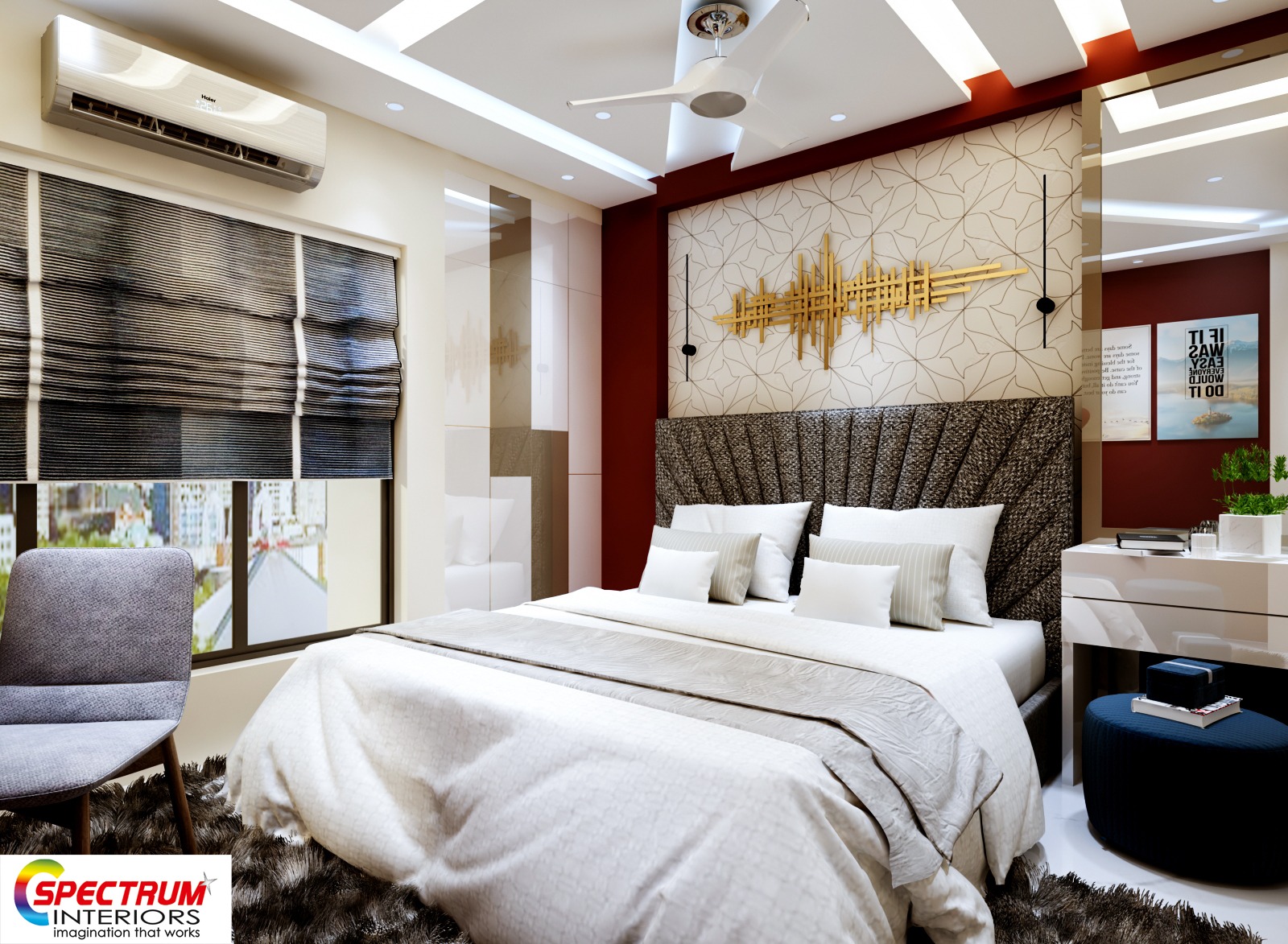Work with professionals in luxury interior design for a stylish home.
Work with professionals in luxury interior design for a stylish home.
Blog Article
Transform Your Home With Necessary Principles of Interior Decoration and Visual Appeals
By recognizing the influence of shade concept and the importance of structure and patterns, one can develop spaces that are not just visually enticing but likewise deeply personal. Attaining this equilibrium includes more than simple decor; it incorporates a strategic setup and an eager understanding of how each element engages within a space.
Comprehending Color Concept
Recognizing the principles of color theory enables developers to create areas that resonate psychologically with residents while meeting useful demands. Each classification plays a crucial duty in developing consistency within a space.
The emotional influence of colors is extensive; cozy shades such as reds and oranges stimulate energy and heat, while awesome tones like blues and greens advertise calmness and serenity. The use of corresponding colors boosts aesthetic rate of interest, producing striking contrasts that can elevate a space's allure.
Neutral shades, on the other hand, function as a versatile backdrop, enabling various other design elements to radiate. It is necessary to consider aspects such as illumination and the space's objective when picking a color combination, as these can modify the assumption of shades throughout the day.
Ultimately, a well-considered color plan can change a room, fostering a sense of comfort and design that aligns with the residents' choices. Proficiency of color theory is, therefore, an essential ability for any type of indoor designer aiming to create unified and welcoming settings.
Attaining Balance in Layout
Exactly how can developers accomplish a sense of balance in their spaces? Accomplishing balance in style is essential to producing harmonious insides. Designers can use 3 key types of balance: in proportion, unbalanced, and radial. Balanced equilibrium involves arranging aspects equally around a main factor, cultivating a feeling of order and peace. This type frequently features sets of furnishings or art work, boosting aesthetic security.
Asymmetrical equilibrium, on the other hand, relies upon varying elements that still attain a natural look. This technique enables more dynamic and casual arrangements, supplying passion while preserving equilibrium. By very carefully selecting varying dimensions, colors, and structures, designers can produce a visually compelling room that really feels balanced yet energetic.
Radial equilibrium emphasizes a central prime focus with aspects emitting outside. This design is generally seen in round designs, where furniture and decoration produce a natural border that attracts the eye inward.
Ultimately, achieving balance calls for thoughtful factor to consider of range, percentage, and the relationships between elements. interior design firms. By masterfully applying these equilibrium principles, designers can transform areas into atmospheres that feel both visually pleasing and functionally harmonious, enhancing the overall experience for occupants
Value of Spatial Recognition

A keen feeling of spatial understanding enables developers to determine more helpful hints centerpieces within a room, leading the viewer's attention to vital features while keeping a general feeling of unity. It likewise aids in the critical positioning of illumination, which can substantially affect the assumption of space and state of mind. Understanding spatial partnerships allows the designer to provide to the particular needs of citizens, making sure that each area serves its desired purpose without endangering aesthetics.
Ultimately, spatial recognition is critical for optimizing the possibility of any type of interior room. By very carefully taking into consideration the interaction in between dimensions, layout, and feature, developers can develop atmospheres that not only satisfy functional demands but likewise stimulate a feeling of convenience and beauty, enhancing the general living experience.
Incorporating Appearance and Patterns
Embracing a varied series of structures and patterns can considerably improve the visual and responsive allure of an indoor space. The calculated use of various materials-- such as wood, steel, material, and stone-- produces depth and interest, making a space feel much more welcoming and dynamic. Combining smooth surface areas with harsh textures can establish a balance that draws the eye and involves the senses.
When integrating patterns, take into consideration both range and rep. Huge patterns can work as focal factors, while smaller sized, subtle layouts can match other aspects without frustrating the area. Layering patterns, such as pairing floral pillows with candy striped tosses, adds intricacy and a sense of consistency if site carried out attentively.
It is additionally important to preserve a natural color palette, making sure that textures and patterns collaborate rather than complete for attention. By choosing a few crucial structures and patterns, you can produce an unified visual that shows your personal style while boosting the overall setting of the space. Ultimately, the careful incorporation of these components can transform a mundane space right into a sophisticated environment rich with character and warmth.
Personalizing Your Space
Producing a space that shows your individuality is essential to attaining an absolutely inviting environment. Personalization in interior layout allows you to infuse your distinct style and passions into your home, changing it from a plain shelter into a sanctuary that talks to who you are. Begin by selecting a shade combination that resonates with your emotions-- strong colors can stimulate, while soft tones supply tranquility.
Integrate art work and decor that mirror your enthusiasms, whether it be travel, nature, or abstract ideas. Showing individual collections, such as books, photographs, or keepsakes, can stimulate treasured memories and create prime focus within a room. Furthermore, consider customizing practical items, like upholstered furnishings, to align with your aesthetic choices.

Final Thought
In verdict, the transformation of a home with the crucial concepts of interior decoration and appearance demands a detailed understanding of shade concept, equilibrium, spatial recognition, structure, and customization. Each aspect adds dramatically to developing an unified and practical living environment - Architecture Firm. By attentively incorporating these principles, people can boost the aesthetic allure and company website emotional resonance of their spaces, inevitably fostering a home that shows unique identities while supplying convenience and functionality
Report this page